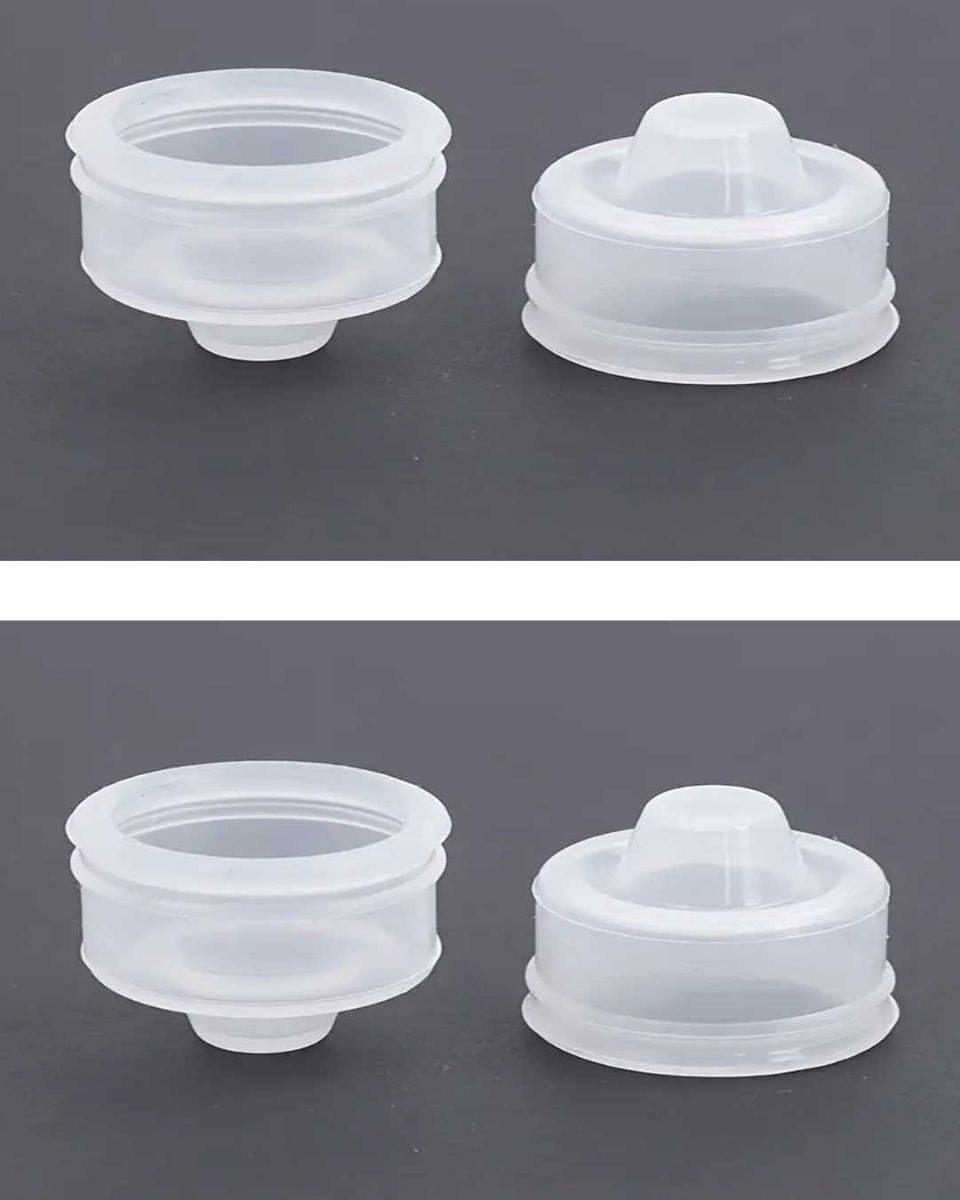ADVERTISEMENT
## **Common Uses for Silicone Products**
Given silicone’s versatility, it’s no surprise that it is used in a myriad of products that are likely scattered throughout most households. Here are some of the most common uses for silicone products that could potentially explain the mysterious object we found:
### **1. Kitchen Tools and Gadgets**
Silicone is most commonly seen in the kitchen, where it is used to make items like:
– **Silicone bakeware**: This includes baking mats, muffin pans, and cake molds. Silicone bakeware is heat-resistant and non-stick, making it an excellent choice for baking.
– **Spatulas, tongs, and utensils**: Silicone is often used to create kitchen utensils because it is soft enough not to scratch non-stick cookware while still being durable.
– **Trivets and pot holders**: Silicone trivets help protect countertops from hot pots, while silicone pot holders keep your hands safe from heat.
### **2. Baby Products**
Many baby products are made from food-grade silicone, which is known for its safety and non-toxic properties. Examples include:
– **Teething rings and pacifiers**: Silicone is often used to make teething rings that babies can chew on safely.
– **Baby bottle nipples**: Many bottles use silicone nipples for feeding babies, as the material is soft, durable, and easy to clean.
### **3. Medical Devices**
Silicone is also commonly used in healthcare due to its non-toxic, hypoallergenic, and flexible nature. Some examples include:
– **Implants and prosthetics**: Silicone is used to create implants and prosthetics, such as breast implants or artificial limbs, because it is biocompatible.
– **Medical tubing**: Silicone is used to make medical tubing for various procedures, including IV lines and catheters, as it can withstand harsh sterilization processes.
### **4. Electronics and Gadgets**
Silicone is used in a variety of electronics products due to its insulating properties and resistance to heat. Some examples include:
– **Smartphone cases**: Many phone cases are made from silicone, offering a flexible, shock-absorbing material to protect devices.
– **Cable organizers**: Silicone can be molded into small, flexible shapes to organize charging cables and keep them from tangling.
—
## **The Mystery of the Tiny Silicone Object**
Now that we have a better understanding of silicone’s common uses, let’s return to the original mystery: the tiny silicone object that my husband found in the sink while washing dishes. Initially, the object seemed insignificant, but as I started thinking about where it could have come from, I realized that it might have a purpose.
Since it was found while doing dishes, I started to wonder if it might be related to something we use in the kitchen. The first possibilities that came to mind were silicone cooking tools—perhaps a small part from a silicone spatula or baking mat? But the more I examined the object, the more it seemed like it didn’t quite match the typical shape or design of those items.
I continued to brainstorm, considering other possibilities. Could it be part of a baby product, such as a small piece from a teething ring or pacifier? Or perhaps it was from one of the many other silicone gadgets we own, like a phone case, cable organizer, or even a medical device?
To solve this mystery, I decided to explore some potential sources of the tiny silicone object. Let’s walk through some of the most likely explanations for where it came from and why it ended up in the sink.
For Complete Cooking STEPS Please Head On Over To Next Page Or Open button (>) and don’t forget to SHARE with your Facebook friends
